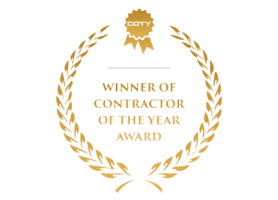Kitchen & Bath has a solution for every client, no matter the type of renovation they are undertaking. Our financing solutions are ideal for both partial and complete renovations.
Our expertise extends beyond designing and renovating properties. We provide professional financing advice for new and old homeowners. Our agents will work closely with you for your benefit.
Our kitchen company building dream kitchen in Toronto, including construction and financing. We will ensure you get the most suitable solution.
RENOVATION FINANCING TORONTO
Turn Your Dreams Into Reality with Our Renovation Financing Option
Renovations are generally expensive and can be challenging to handle without assistance. All kinds of home improvements require significant amounts of money, from additions that extend your home’s square footage to upgrades in preparation for property sales. Hence the need for good financing solutions.
Home improvement loans in Ontario are invaluable no matter the purpose of the renovation. They provide a way out when you do not have enough money to handle the basement renovations, enabling you to clear your project affordably. Kitchen and Bath is here to ensure you get renovation financing stress-free. We can help you compare various alternatives, such as second mortgages, home equity, credit cards, and personal loans.
We pride ourselves on helping homeowners find the best way to finance home renovations in Canada, regardless of the work scope. Some projects you can do with financing include basement renovations, garage constructions, home repairs, extensions, bathroom remodels, and refinishing the exterior. With a renovation loan in Ontario, you will not have to wait until you have enough savings. We can help you plan a repayment plan that does not strain you.
TORONTO RENOVATION FINANCING OPTIONS TO CHOOSE FROM
Credit Cards
Credit card renovation loans work best for smaller projects that are relatively inexpensive. For instance, you can acquire the debt if you want to make minimal cosmetic changes costing a few thousand dollars and require the money urgently. However, the disadvantages of failing to clear the debt quickly still make it a less suitable option.
Tip: You can use a cash-back credit card while waiting for income to finance the renovation. Alternatively, you can time the loan with your next paycheck to ensure you do not miss the grace period.
Personal Loans
Different lenders have varying rules when giving out personal loans. Some may ask for the renovation plan to determine the interest rate. That means you may have to calculate all the remodelling expenses, including all supplies and finishes, to clarify the budget. You may also have to outline the construction plan.
Borrowers usually have two options with personal loans – secured or unsecured. The main difference between them is interest rates. Unsecured loans have higher interest rates and short repayment periods lasting less than 60 days. The specific interest amount depends on factors such as credit score and income. Poor credit scores and income attract higher interest.
Mortgage Refinance
This financing solution works best if the property has increased in value over the years or you have covered a significant amount of the first mortgage. Either option provides extra equity from which you can benefit.
The main advantage of refinancing a mortgage is low-interest rates. However, you can only get 80% of the property value, and the loan may also have prepayment penalties if you acquire it before the end of the first mortgage term. That makes qualifying for the loan more challenging, especially when using traditional lenders. A discharge fee applies if the second loan is from a different lender.
Tip: You can wait until the end of the first mortgage term or when a renewal is due to avoid penalties.
Home Equity Loans
The main advantages of this renovation loan are its interest rates and accessibility. Like any other secured loan, home equity attracts lower interest rates and is easier to acquire. The loans are funded by private lenders, making them easier to access than other financing options. Private mortgage lenders tend to have less stringent requirements than traditional lenders, which eases the qualification process.
Your credit score does not matter as much with this financing option. Approval happens faster, usually within 48 hours. That makes them perfect for big projects that require a lot of money. The loan processing speed and availability make the financing solution suitable for minor and major renovations that you can not postpone.
However, one of the significant downsides is that a borrower needs at least 20% home equity to access the loan.
Home Equity Line of Credit (HELOC)
20% home equity is mandatory for a property with an existing mortgage, or you can get a standalone HELOC with 35% home equity. Note that borrowing from a private lender attracts a higher interest rate and extra costs.
Tip: Some lenders give HELOC loans in bank cards that are as convenient as credit cards. You can conveniently buy renovation supplies directly from the card. Even though it is not mandatory, paying at least 1% of the principal can reduce the loan significantly.
Kitchen & Bath Financing
Kitchen & Bath strives to provide more perks with financing solutions, including extended return periods and special offers. We simplify your renovation process, no matter the project scope. We make it easier for you to obtain the financing you need to boost your property without making it impossible to become debt-free afterward. We aim to make the renovation painless and simplify your payment process, ensuring you clear the debt within a reasonable timeframe.
Tip: Kitchen & Bath financing solutions offer many perks, among them the flexibility to complete any renovation successfully. We give stress-free solutions.
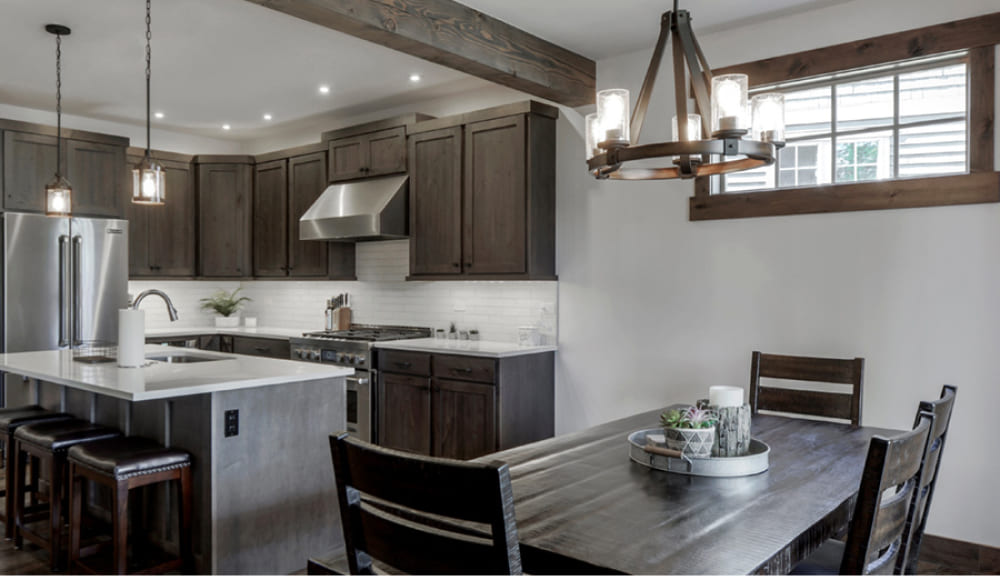
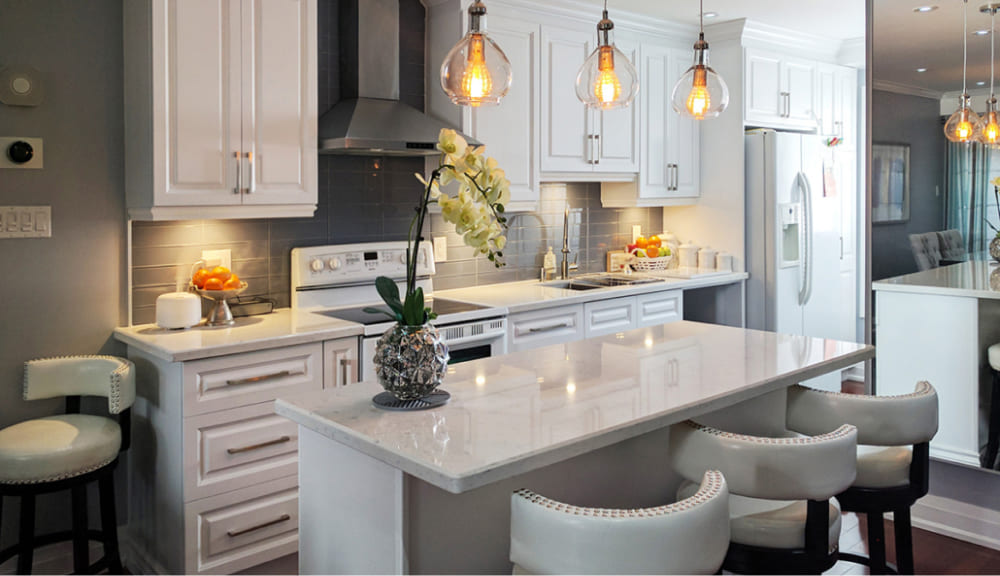
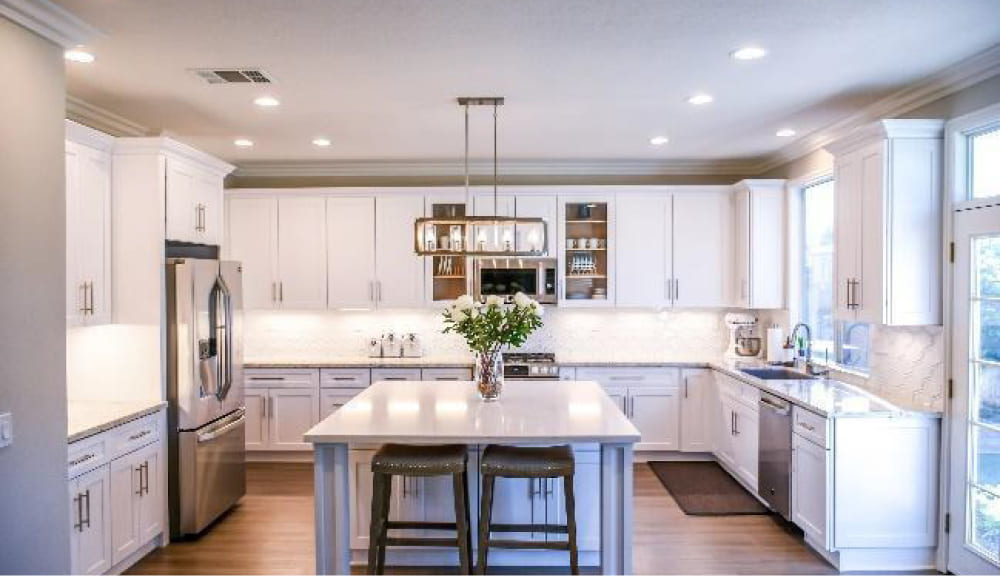
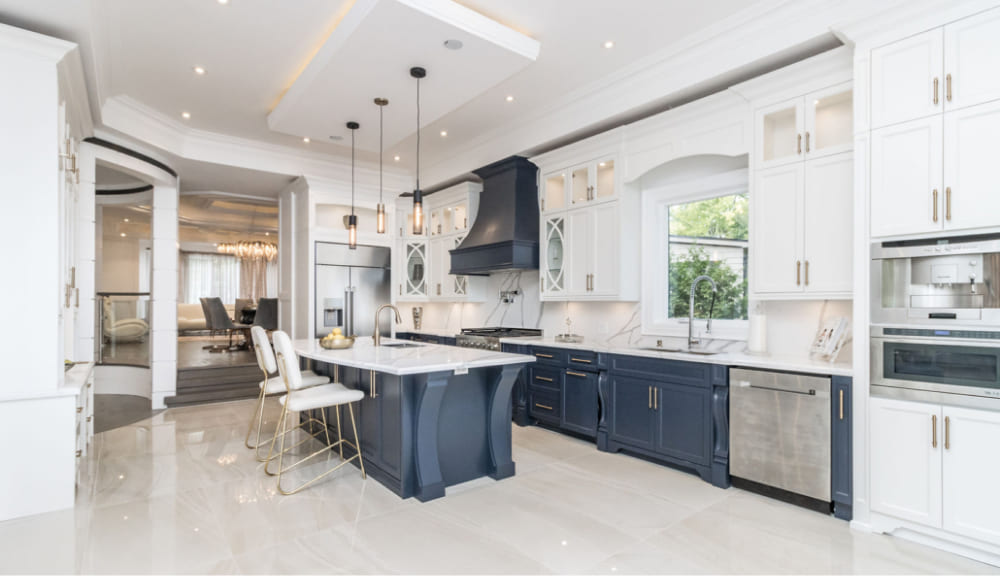










Free in-home consultations!
What Are the Best Home Improvement Rates in Toronto?
Interest rates are the most critical consideration when looking for renovation loans. Mortgage refinancing and HELOCs tend to have the lowest interest rates, especially when given by traditional lenders like banks. However, acquiring the loan can be challenging because such lenders follow a thorough verification process due to stringent eligibility rules – it may be long before the loan is approved. That makes home equity loans, second mortgages, and first mortgage refinancing ideal if you require the funds urgently – especially if you do not qualify to borrow from a conventional lender.
Understanding qualification requirements and policies by the lender is also advisable when searching for renovation financing in Toronto. Home improvement loans have different eligibility criteria, application processes, and loan terms worth checking out before applying. All these factors contribute to loan suitability, determining the amount you pay and the duration it will take to clear the loan. They also indicate potential red flags and possible frustration you may undergo when paying back the debt. You can compare various financing solutions using the mentioned factors to ensure you pick the right one. Wrong loans and lenders can make the payment period long and stressful, resulting in regretful renovations.
We can help you find solutions that suit your specific needs and circumstances. It’s also advisable to do due diligence, comparing the numerous interest rates online to find the best rates for renovation loans, such as:
| Funding Source | Interest Rate |
| Credit Cards | 19.99% |
| Mortgage Refinance | 2.5%+ |
| Home Equity Loans | 4%+ |
| Home Equity Line of Credit (HELOC) | 3%+ |
| Kitchen & Bath Financing | 0% |
Advantages and Disadvantages Of Renovation Financing in Toronto
Advantages
Acquiring a renovation loan in Ontario has numerous benefits, including:
- Enabling you to build your dream property immediately instead of waiting until you save enough money – you start living your dream sooner.
- Empowering you to complete large projects faster without financial pressure – you pay for the project over time after completion.
- Availability of funds – enabling more accomplishments.
However, you can only experience all the advantages if you choose the most suitable renovation loan. For instance, a substantial renovation involving modifying the bathroom, kitchen, roof, and a few amenities outdoors can cost approximately $120,000 or more. Like most Canadian homeowners, you may not have that much money, but your property might have enough equity. You can use that to get the money you require for the renovations and boost the property value.
Example: You bought a house three years ago at $750,000, and the value has appreciated to $900,000. You also took a mortgage to cover 80% of the purchase price at $600,000. Three years later, you have paid around $40,000 of the mortgage. If you want to refinance the mortgage with up to 80% of the current property value, you will get $120,000. You can add the amount you already paid on the principal of the first mortgage to that amount, resulting in around $160,000 that you can use to cover the renovations. Since that amount is more than the renovation costs, you can use the balance to consolidate some of the other debts.
The above scenario means you will have a new mortgage of around $870,000, assuming you qualify for the 80% property value. If you get a fixed rate of 1.8%, you will pay roughly $1,305 monthly. You may choose to deal with the extra amount only, in which case the monthly payments will be lower. That allows you to develop a more accommodating plan that caters to all your monthly expenses and debts.
Another best way to finance home renovations in Canada is through a second mortgage, which is suitable if you do not qualify for the first option above. Assuming you get a loan of $120,000 with an interest of 5.5%, your monthly fees could add up to around $4950 if the lenders’ fees are 2%, legal charges cost $2000, and the loan requires interest-only payments for a year.
Although the interest-only payments associated with second mortgages ease loan payments, they prohibit the principal amount reduction. You will need a lump sum or refinance the first mortgage to cover the principal. However, some creditors allow payment of principal amounts with second mortgages, so discuss the alternative with your lender.
Disadvantages
Like every other loan product, home improvement loans in Ontario have disadvantages that you should understand before signing up for the loan – they differ with every type of renovation financing.
The most common demerit is interest rates, which can be part or all of the monthly payments. Most second mortgages and credit card renovation loans demand that the repayments go towards clearing the interest before you start covering the principal amount. The interest is a priority over the principal amount, which can be inconvenient in the future.
Another downside is associated with the qualification process and subsequent payments. Interest rates are higher for borrowers with low credit scores and poor credit history. You could end up with hefty repayments even if you use your home equity to get the home improvement loan.
Poor credit or a weak credit score can also hinder you from accessing loans from banks, meaning your only solution will be to deal with private lenders. Such mortgage creditors generally charge higher interest rates, and the money may also have more fees attached. Conventional lending institutions usually charge lower interest rates and fees, but their qualification and processing steps are more stringent. Even so, qualifying for mortgage refinancing with traditional lenders, whether new or old, is best.
The best rates and terms that enable a suitable payment plan should always be your priority, regardless of the lender. You can compare traditional and private lenders before settling on the best one or rely on the expertise of our crew. Our team can advise you on the best ways to improve your credit after considering all possible factors. We also check out potential disadvantages to every financing solution while utilizing all the financial tools we have to ensure the renovation process is painless.
Renovation financing has several other downsides, but they vary according to every situation. For instance, second mortgages tend to have higher upfront fees and are more challenging to pay off unless financial circumstances improve significantly. Contractor renovation loans may have high-interest rates and fees that make settling them strenuous, while HELOCs require interest-only payments, meaning they take longer to complete. Refinancing the first mortgage can have hefty pre-payment penalties when dealing with prime lenders and higher interests from private lenders.
The chart below highlights the merits and demerits of popular renovation loans to help you make an informed decision.
| TYPE OF RENOVATION FINANCING | ADVANTAGES | DISADVANTAGES |
| Credit Cards |
|
|
| Personal Loans |
|
|
| Mortgage Refinance |
|
|
| Home Equity Loans |
|
|
| Home Equity Line of Credit (HELOC) |
|
|
| Kitchen & Bath Financing |
|
|
Should You Consider Renovation Financing in Toronto?
Potential value addition is the number one reason most people consider renovations, but it is not the only one. Home improvement projects have many other benefits, such as enhanced energy efficiency and safety. Repairs and upgrades done during remodelling can also make the home safer, thus improving the quality of life and energy efficiency. The property becomes more comfortable without overreliance on heating and air conditioning units, hence reducing monthly utility bills. The upgrades can also pay off when you decide to sell the property – potential buyers prefer renovated properties because it relieves them from handling the projects.
All the benefits of renovations make undertaking such projects worthwhile, especially if you can afford the costs. Acquiring a loan to accomplish the changes you want is an alternative if you do not have ready funds but can afford to pay the debt over time. Renovation loans provide a necessary reprieve when you cannot afford to pay for all the changes you desire in your property. Since different loan types have varying rules and specifications, you can compare them to find the best offers. For instance, you can find a loan that allows you to forego interest payments for a short duration, allowing you to plan for a lasting solution. Most credit card loans have grace periods if you can pay in full.
Although financing solutions offer a way out for remodelling projects, they are still loans, and you must pay them back eventually. Each option also has disadvantages you should consider. For instance, HELOCs provide leeway for borrowers, giving them access to large sums of money, which can make it easy to overspend. Having a specific budget range can counter that and keep you from spending more than you can afford to pay back. However, that does not change the fact that renovation loans are not free money. You will pay the loan, which can have a lasting impact on your finances. Therefore, the best option is to save enough to cover the remodelling unless you need to do urgent repairs. Our crew can explore all the possibilities to ensure you get the best outcome. Feel free to contact us for more information.
1ST REVIEW
2ND REVIEW

REWARD



